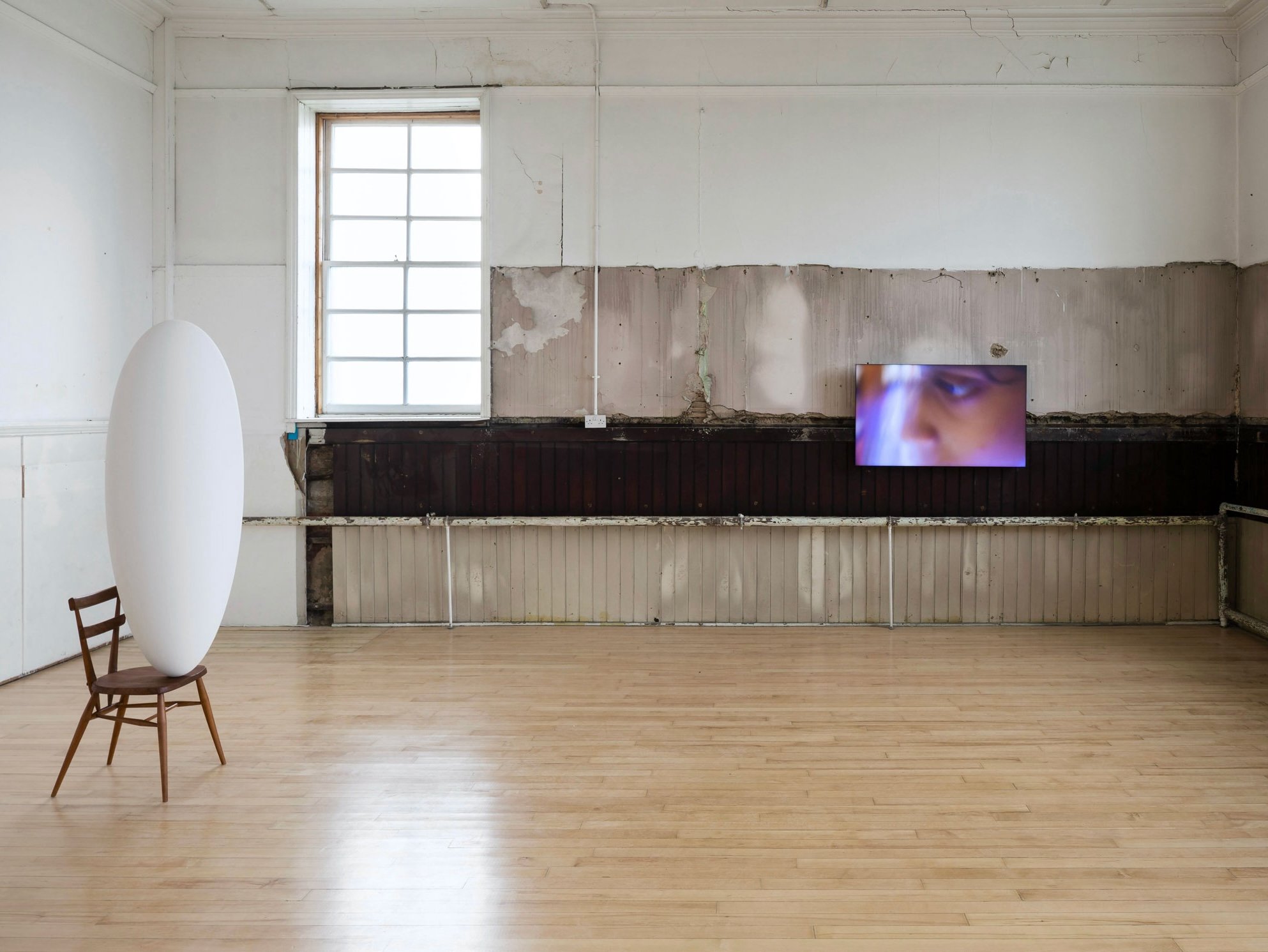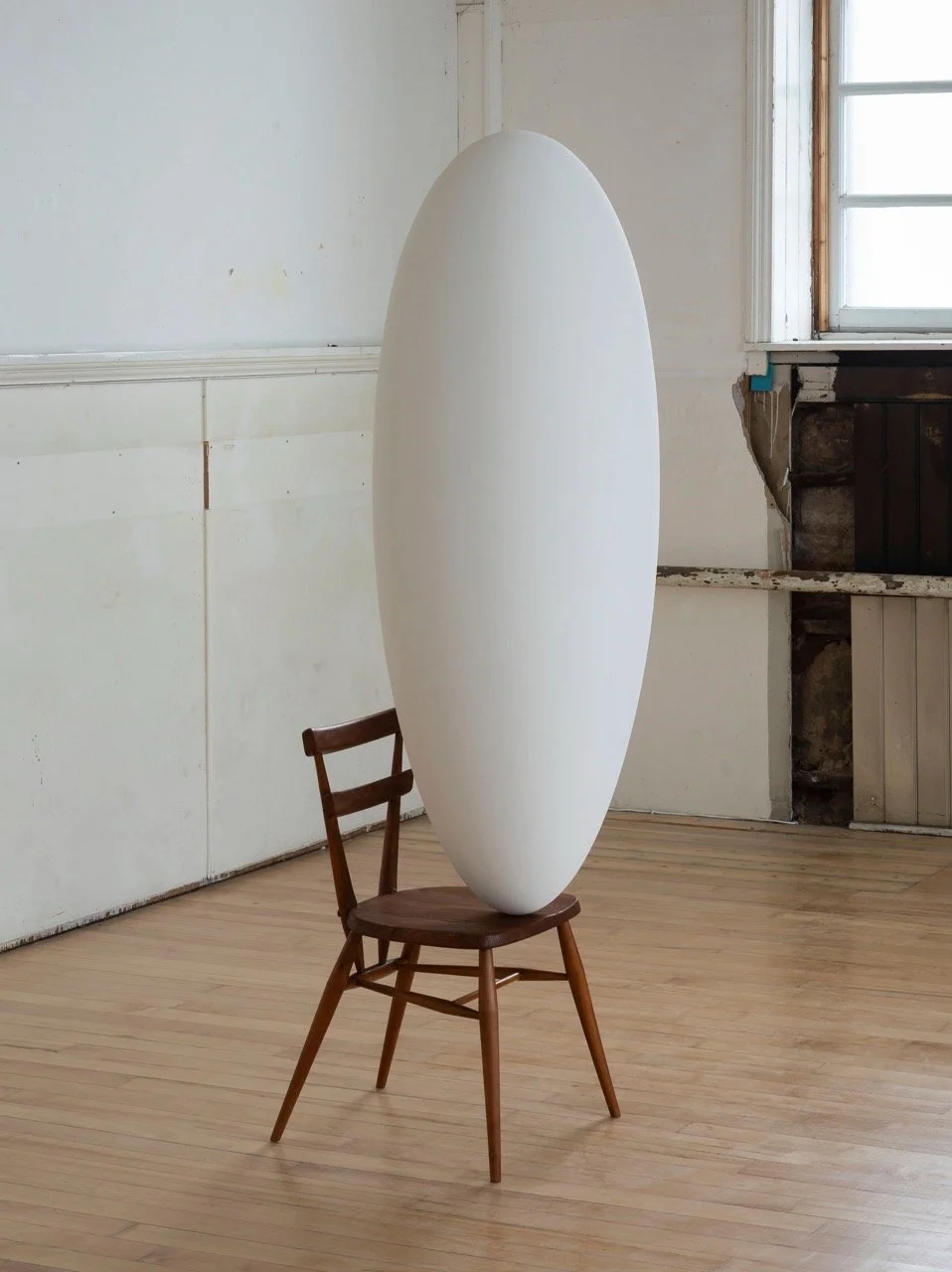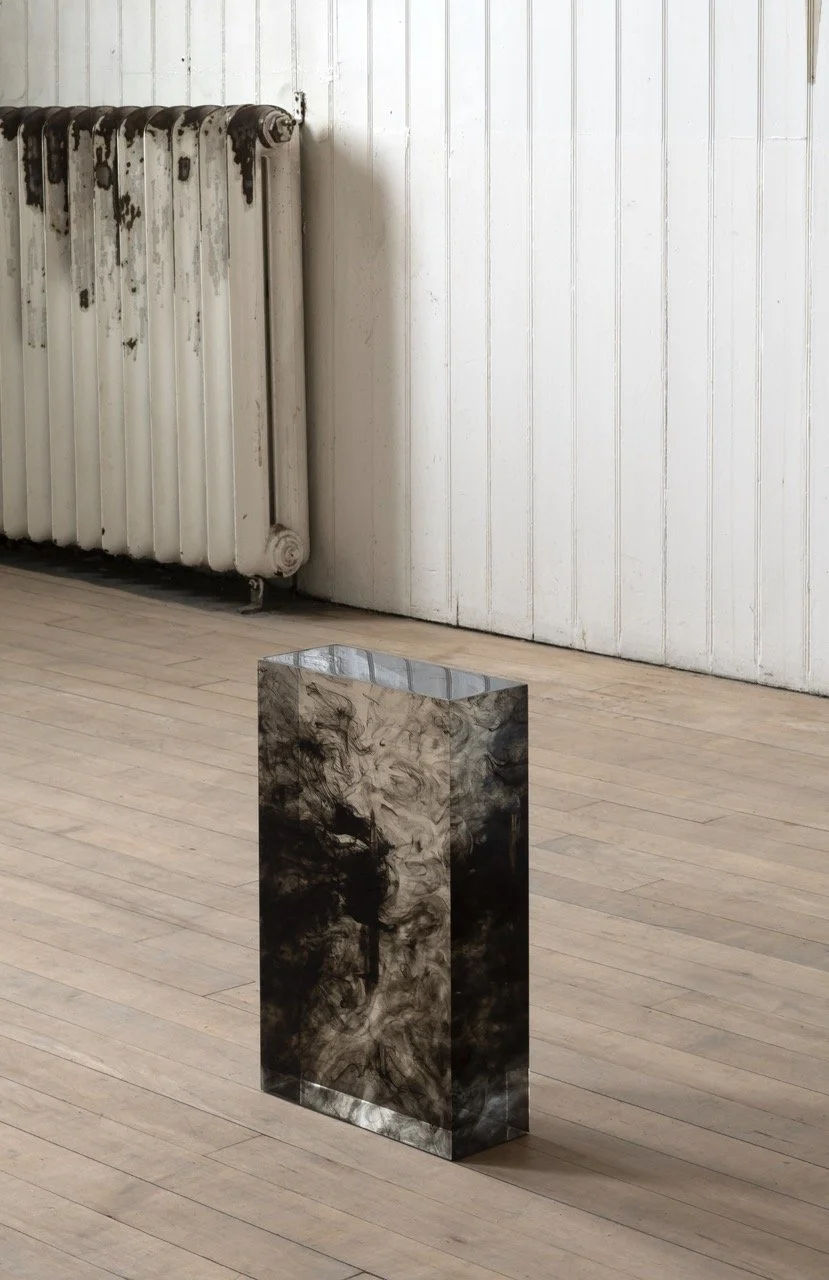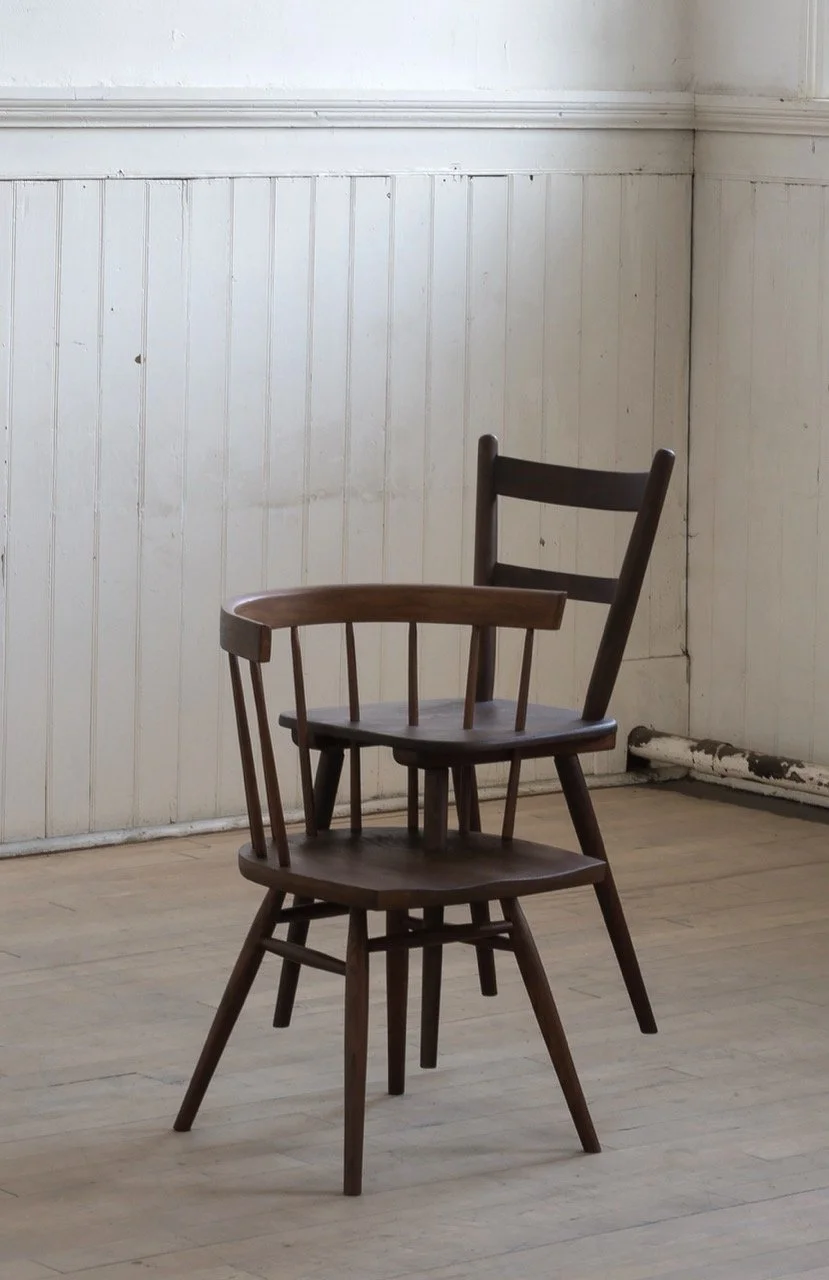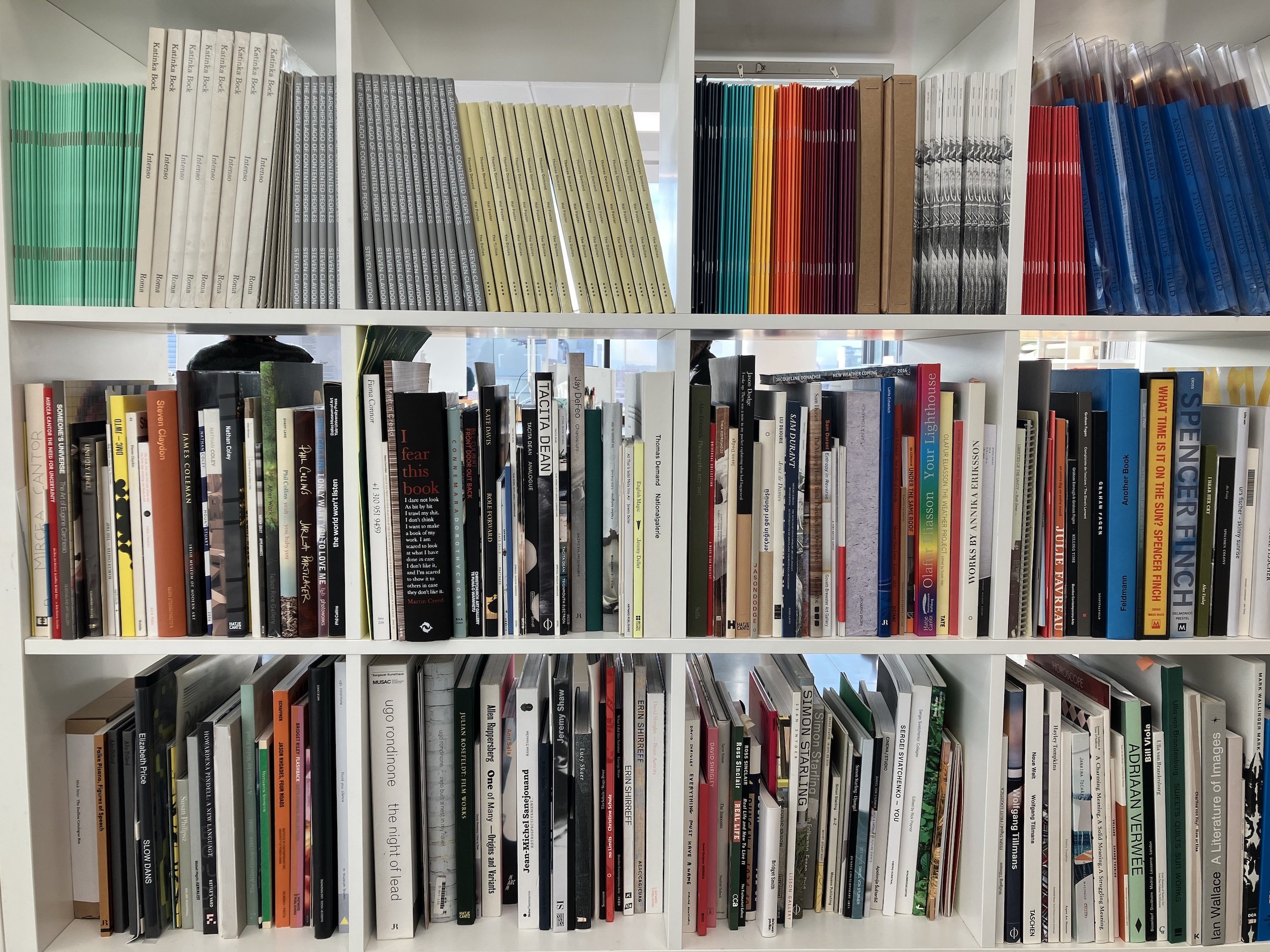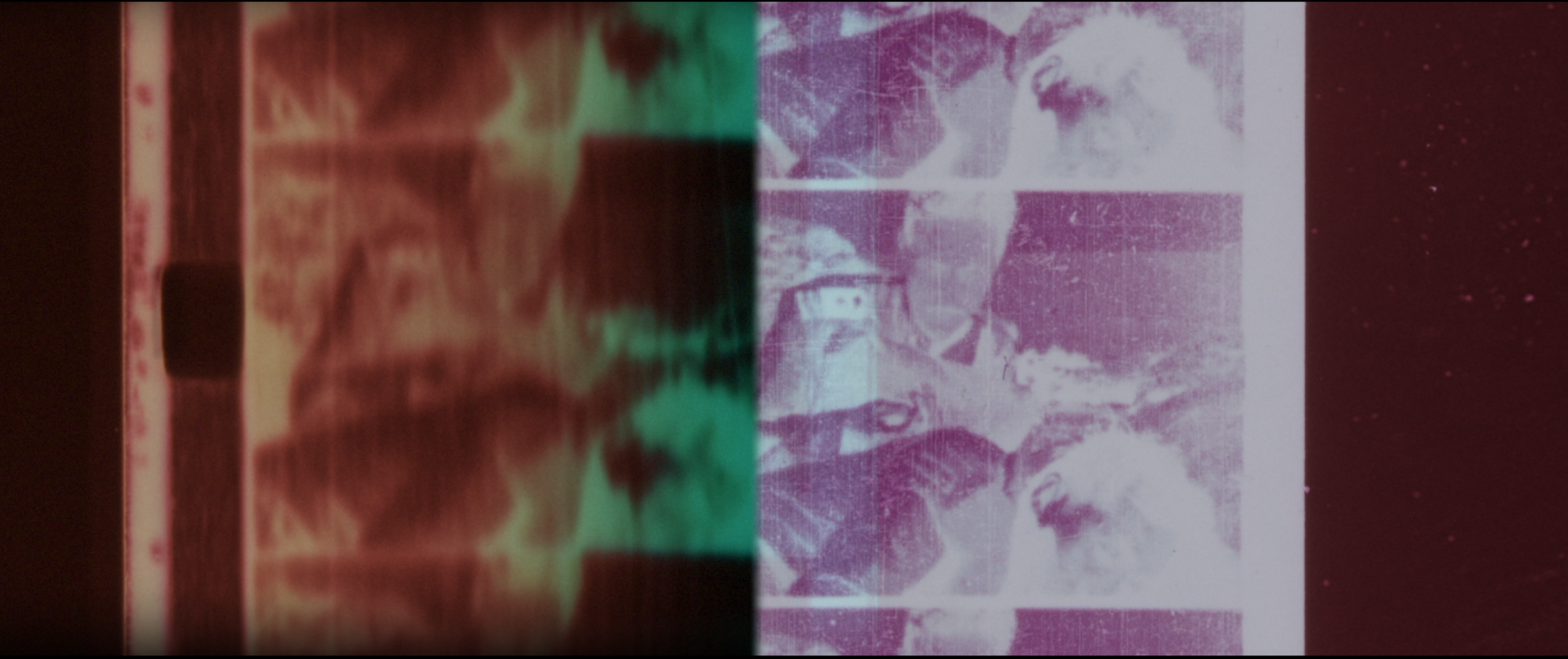Tarik Kiswanson, ‘The Rupture’ (2024). Resin, British imperial pen, black ink, 40 x 29 x 9 cm. Courtesy of the artist, carlier | gebauer, Berlin/Madrid, and Sfeir-Semler Gallery, Hamburg. Commissioned by The Common Guild with Portikus, Frankfurt. Photo: Jens Gerber.
The Common Guild presents Tarik Kiswanson, ‘The Rupture’, the artist’s first solo exhibition in the UK. ‘The Rupture’ is a significant exhibition of newly commissioned and recently conceived artworks, as well as the first exhibition to take place in our new permanent premises at 5 Florence Street, a former school building in Glasgow.
In a complex practice spanning sculpture, film, sound, drawing and poetry, Kiswanson articulates legacies of war, geographical displacement, and trauma from the position of a second-generation immigrant growing up in a psychologically liminal state. The artist’s Palestinian family fled Jerusalem for Tripoli, Tunis, and then Amman, before subsequently settling in Halmstad, Sweden, where he was born in 1986. This seismic rupture fundamentally informs Kiswanson’s artistic enquiry. His interdisciplinary artworks speak of intimate, personal experiences whilst simultaneously reverberating with shared collective histories of diasporic movement and terrible loss. Conversely, rebirth, regeneration and a sense of becoming are leitmotifs of Kiswanson’s poetic material vocabulary.
‘The Rupture’ (2024) which gives the exhibition its title, is one in a family of works in which objects are stilled and fortified in cast resin. At the centre of this work, weightlessly suspended in time and space, is a gold-plated Onoto fountainpen, manufactured in Britain in 1924. Black ink spilled from the pen is captured in the resin too, changing the atmosphere of everything around it. Symbolic of imperialism, governance, and class structures, this same pen was favoured by Winston Churchill, King George V and British military elites.
For Kiswanson, objects such as these are suffused with history, memory and profound significance. The pen is representative of British administrative control and the signing, by Churchill, of the 1922 Mandate for Palestine and Transjordan Memorandum, which in turn ratified the 1917 Balfour Declaration. These controversial and contested bureaucratic decisions forced Kiswanson’s family, and so many others into exile from their homeland. Many such treaties and state documents issued by colonial powers carved up territories creating conflict, division and forced displacement across North Africa and the Middle East, with these decisions continuing to reverberate in the present. The Onoto pen was a subtle yet important actor in this so-called statecraft. ‘The Rupture’ is commissioned by The Common Guild for this exhibition.
Tarik Kiswanson, ‘The Rupture’, installation view, The Common Guild, Glasgow, 2024. Photo: Ruth Clark.
‘The Wait’ (2024), also commissioned by The Common Guild, returns to a recurring formal motif for the artist, that of the cocoon, or as the artist titles them, a nest or cradle. With a matt-white surface and ovoid shape which seems to defy gravity, the cocoon is both a vessel and a shelter which often takes on the dimensions of the artist’s own body. Here, it is poised, almost levitating on the verge of a piece of post-WWII furniture, the Ercol ‘All-Purpose’ chair. Designed in 1956 by Luciano Ercolani, an Italian immigrant to the UK, the presence of this everyday symbol of British domesticity foregrounds immigrant experience, and the roles of support provided by immigrant presence. Ercolani would become one of the most important furniture makers in post-war Britain, greatly contributing to the reconstruction of the country on a national scale.
Cocoons for Kiswanson, are places of gestation, transformation and becoming. Looking at metamorphosis through the prism of migration experience foregrounds many of Kiswanson’s works. The artist is equally fascinated by the transformative passage from childhood to adolescence. This in-between state in a child’s development towards adulthood is explored in slow-motion video ‘The Fall’ and accompanying sound work ‘Shatter’ (both 2020), where an 11-year-old boy is shown balancing on a tipped chair, neither falling to the floor or regaining stability.
Transitory states of being and becoming, breaks in time, closeness and distance are all recurring narrative references that connect personal biography and collective experience. Kiswanson is “profoundly interested in what constitutes life, what it essentially means to exist”. Across the exhibition, artworks can be understood as articulating a series of ruptures through the temporal space of history and in the course of an individual life in an effort to apprehend the complexities of making meaning.
Tarik Kiswanson (b. 1986, Halmstad) is a visual artist and poet based in Paris. His work has been the subject of several solo exhibitions, most recently Portikus, Frankfurt, Oakville Galleries, Ontario (both 2024), Bonniers Konsthall, Stockholm (2023), Salzburger Kunstverein (2023), Museo Tamayo, Mexico City (2023), M HKA-Museum of Contemporary Art, Antwerp (2022), Hallands Konstmuseum, Halmstad (2022) and Carré d’Art-Musée d’art contemporain, Nîmes (2021).
In 2023, Kiswanson was awarded the Prix Marcel Duchamp, and has recently been awarded the 2024 Fondazione Henraux International Sculpture Prize. Kiswanson’s current exhibition, ‘A Century’ is presented at Portikus, Frankfurt until September 2024.
Further Info
Tarik Kiswanson ‘The Rupture’ is supported by Fluxus.
With thanks to Portikus, Frankfurt, for co-production with The Common Guild, of Kiswanson’s ‘The Rupture’.
Additional links
‘The Rupture’ Exhibition Guide
‘Crossing: Tarik Kiswanson in conversation with Asad Raza’, Mousse, 25 August 2024.
‘Spotlight on Tarik Kiswanson’, review by Pablo Larios, Artforum, October 2024.
‘Tarik Kiswanson’, review by Chris Sharratt, Sculpture Magazine, November 2024.
Project Details
The Rupture took place at 5 Florence Street, G5 0YX, The Common Guild’s new, permanent home.
Exhibition Guide
View the exhibition guide here
Read the Commentary by Pelumi Odubanjo -
Thanks
Tarik Kiswanson ‘The Rupture’ was supported by Fluxus.
With thanks to Portikus, Frankfurt, for co-production with The Common Guild, of Kiswanson’s ‘The Rupture’.
Thanks to Assumption Studios, Alex Baggaley, Jonny Lyons, Maeve Redmond, Tiffany Dornoy Rezaei, Fritz Welch.

